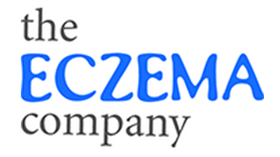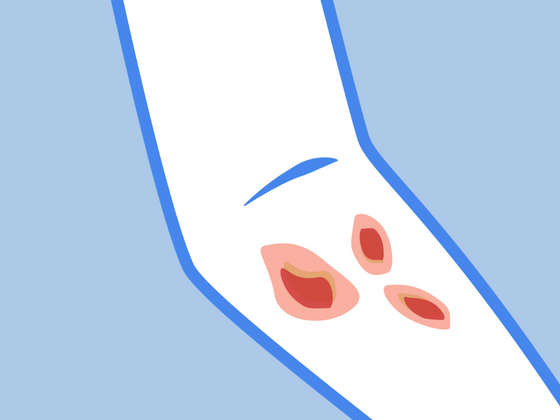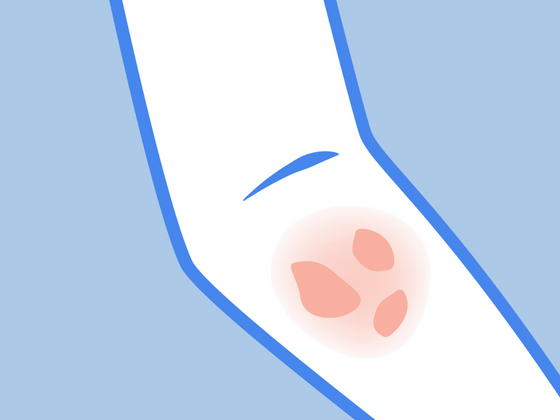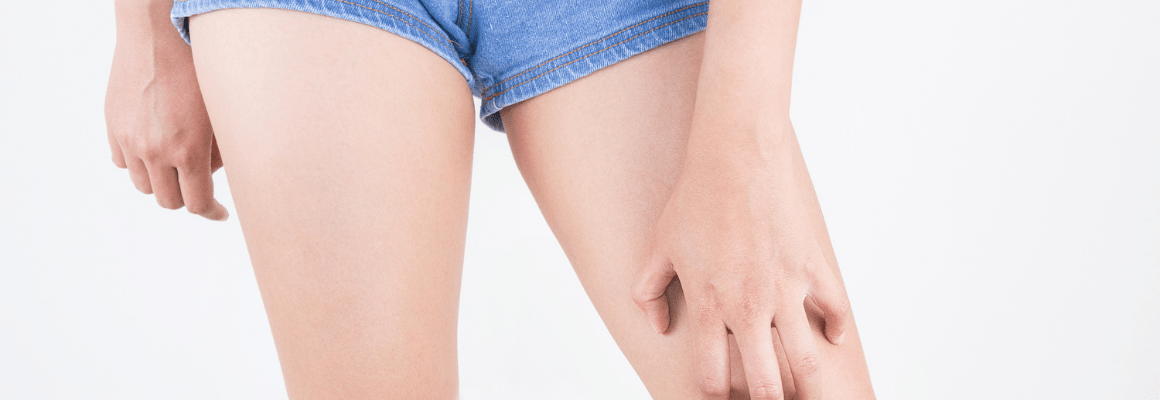What’s the difference between hand fungus vs eczema? While at first glance these conditions may appear quite similar, they are not the same. In this post, we’ll explore the symptoms and causes of each to help you determine whether it’s hand fungus or eczema.
Please keep in mind that although what we discuss in this post can relieve eczema, we are in no way medical professionals. If you’re experiencing severe eczema symptoms like an infection, it is best to seek medical advice immediately.
What is Eczema?
Eczema is a chronic skin condition that affects approximately 20% of the world population. An inflammatory disease, it’s characterized by patches of red, flaky, and scaly skin. Due to the dry nature of eczema, it’s usually accompanied by intense itchiness which can lead to cracked or bleeding skin if relentless scratching occurs.
The disease usually begins in childhood and persists into adulthood, however, it can develop at any age.
Prime locations for an eczema rash include the hands, feet, upper chest, creases of elbows, and bends of the knees.
What is Hand Fungus?
Hand fungus also known as tinea manuum, a contagious and fairly common condition, many people will develop some form of fungus during their lifetime. This is different than tinea versicolor, which causes patches of skin discoloration. Tinea manuum is contracted by touching objects contaminated with fungus and appears as an irritated, red, and scaly rash.
The border around the rash is usually slightly raised, creating a ring. This explains why it is sometimes associated with ringworm.
Hand Fungus vs. Eczema Differences
A key difference between hand fungus and eczema is that unlike eczema, hand fungus is not a chronic condition. In addition, hand fungus can be passed from person to person, or be contracted from infected animals or contaminated surfaces.
Eczema, on the other hand, is not contagious. Instead, it develops because of a combination of environmental and genetic factors. Common eczema triggers include dust mites, sensitivity to certain foods, mold, certain fabrics, such as wool, polyester, latex and nylon, extreme weather conditions, stress, and fragrances and chemicals found in soaps and beauty products.
In terms of symptoms, they both appear like a red, irritated rash. However, hand fungus typically has a raised border with a clear area in the middle. Hand eczema does not.
In addition, hand eczema is usually much itchier than hand fungus.
How to Naturally Treat Hand Fungus or Eczema
Tallow Bar Soap with Zinc
A handcrafted eczema soap bar that is anti-fungal and antibacterial. It helps prevent infection, maintain moisture and improve the skin's flexibility. Made with sensitive skin in mind, it gently calms red, irritated eczema and rashes.
Organic Manuka Skin Soothing Cream
A soothing oil-based balm made with six, all natural ingredients - including Manuka honey. Containing 1,000x more methylglyoxal than regular forms of honey, Manuka honey has a lot of antibacterial power. In fact, Manuka oil is 20 to 30 times more effective against bacteria and 5 to 10 times more effective against fungus than tea tree oil! We love it because of its non-burning formula and soothing touch.
Emily Skin Soothers for Red Eczema Rashes
A natural beef tallow cream that helps treat topical bacteria, yeast, and fungus. In addition, it work wonders calming red, irritated rashes and angry-looking skin.
Remedywear™ (TENCEL + Zinc) Gloves
Soothing gloves for adults and kids made from eco-friendly TENCEL and embedded with anti-inflammatory zinc. The soft and breathable fabric is perfect for wearing all night long to reduce itching and improve eczema. Thanks to their natural moisture-wicking properties, there’s no need to worry about sweaty irritation.
References:
https://www.emedicinehealth.com/fungal_skin_infection_vs_eczema/article_em.htm
https://atopicdermatitis.net/clinical/difference-fungus-and-eczema/








